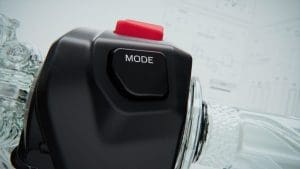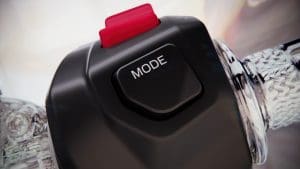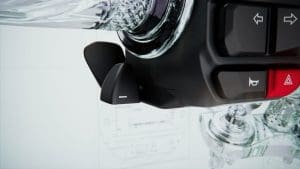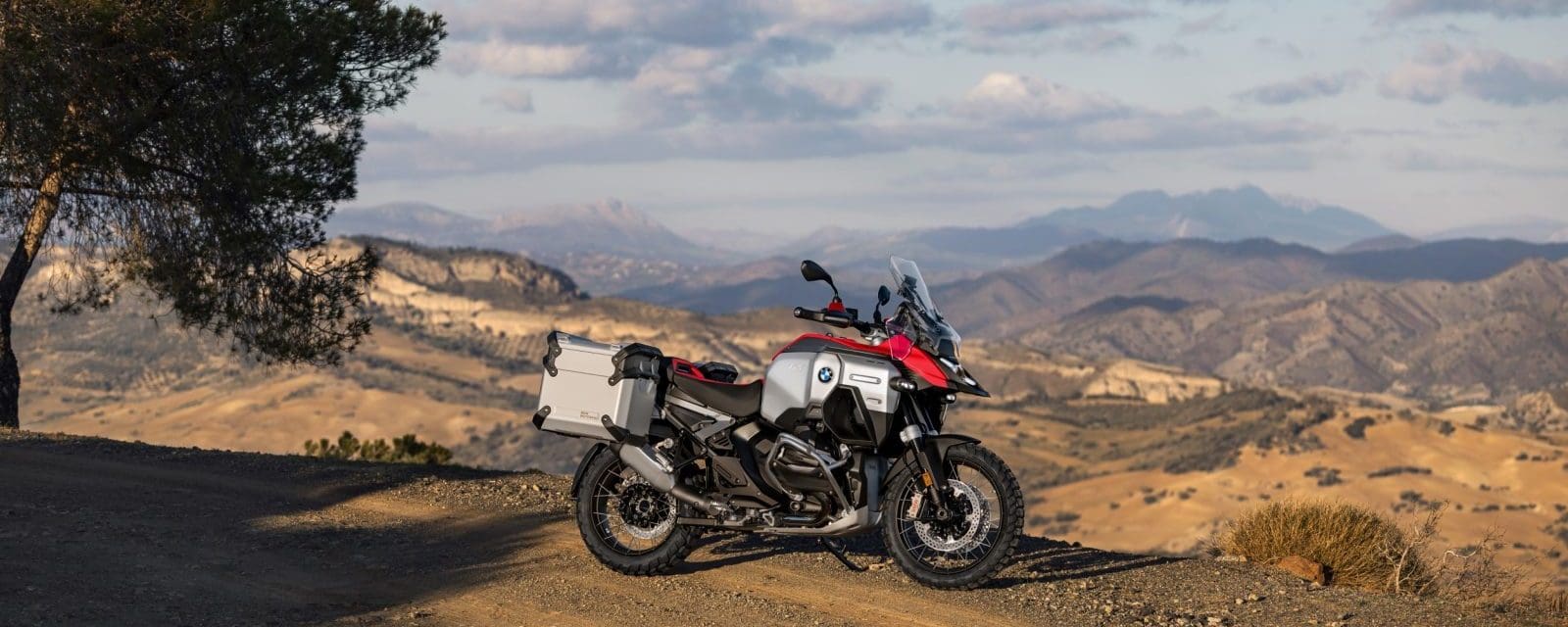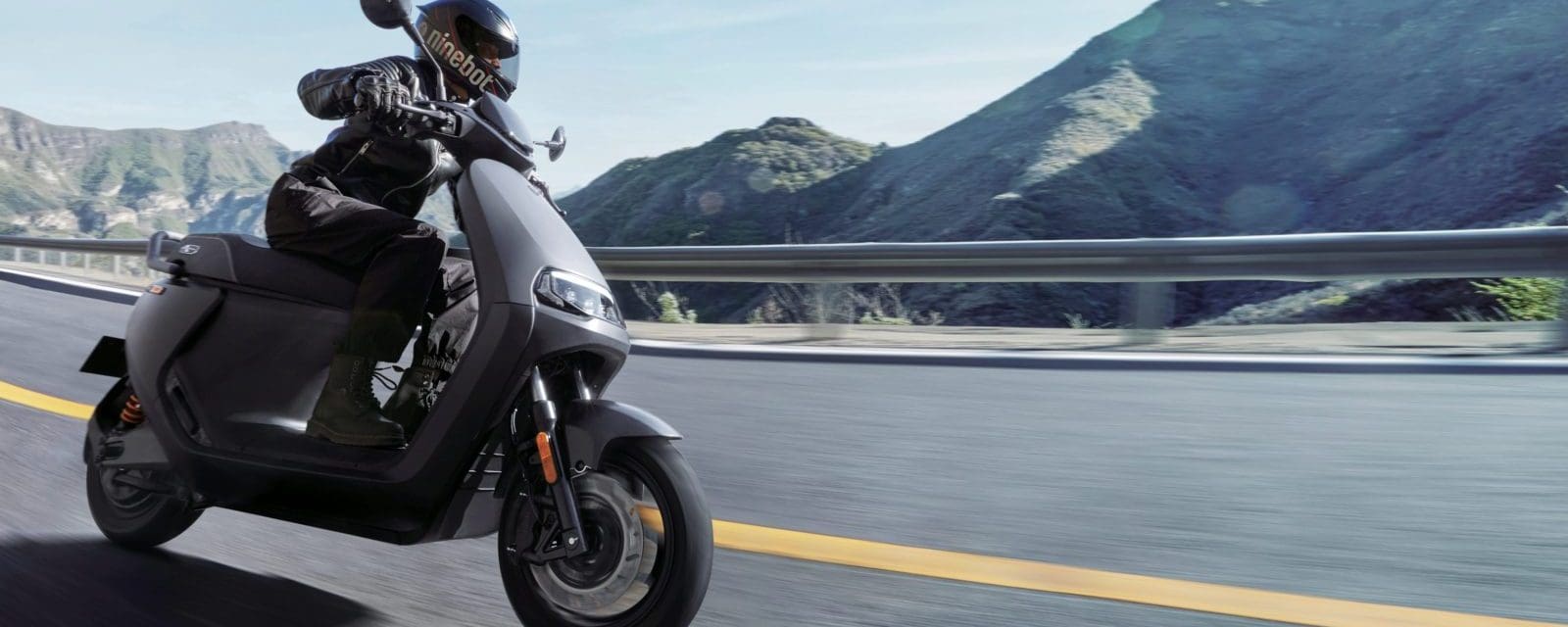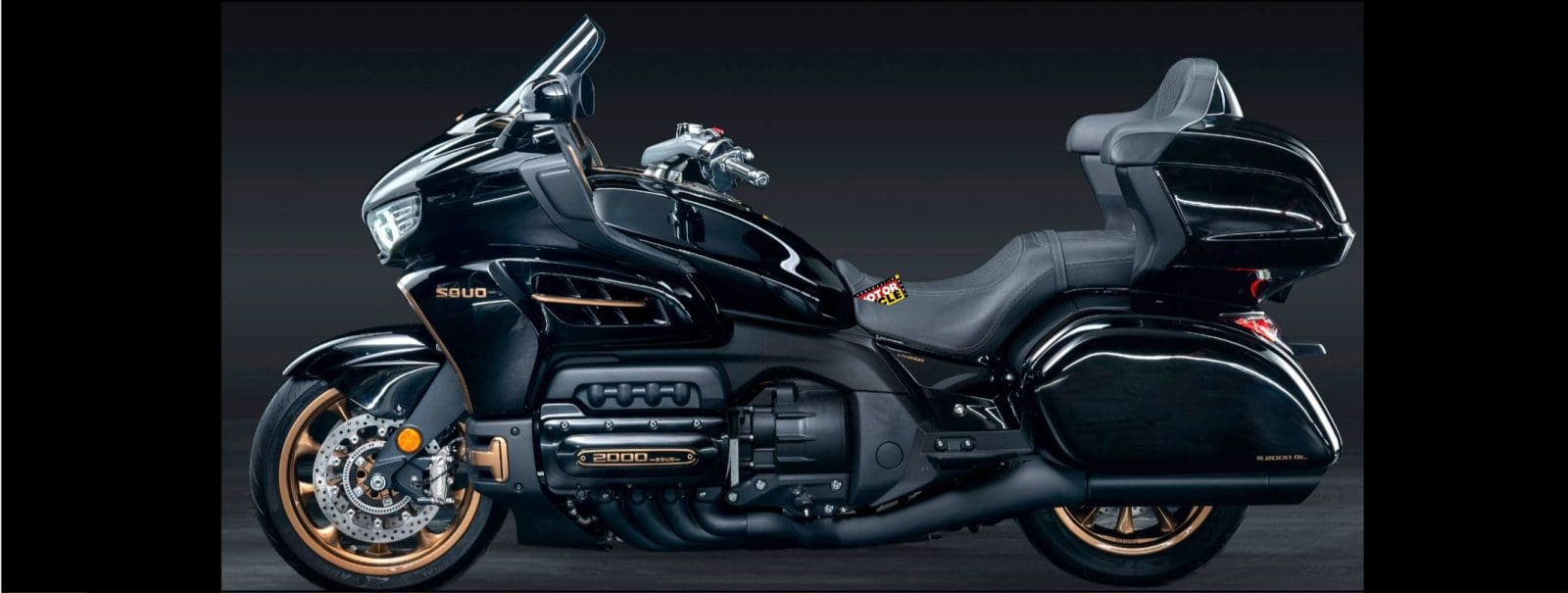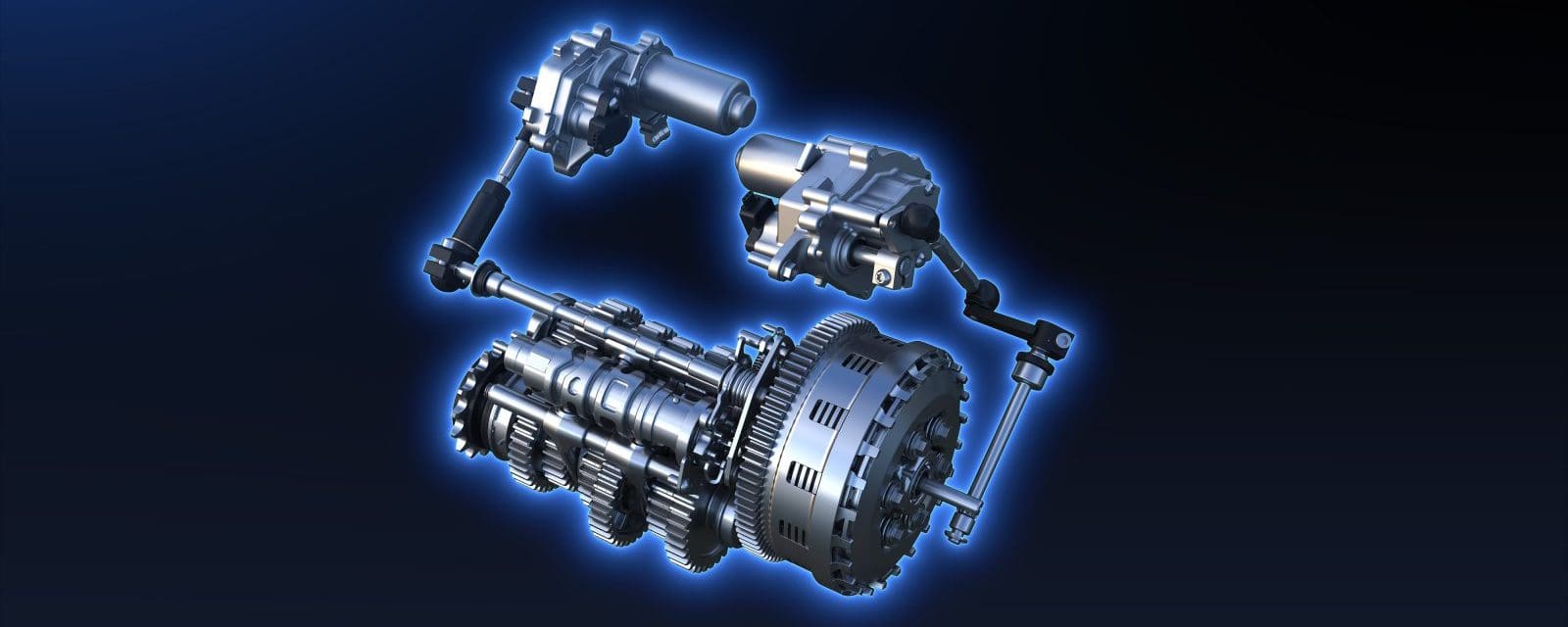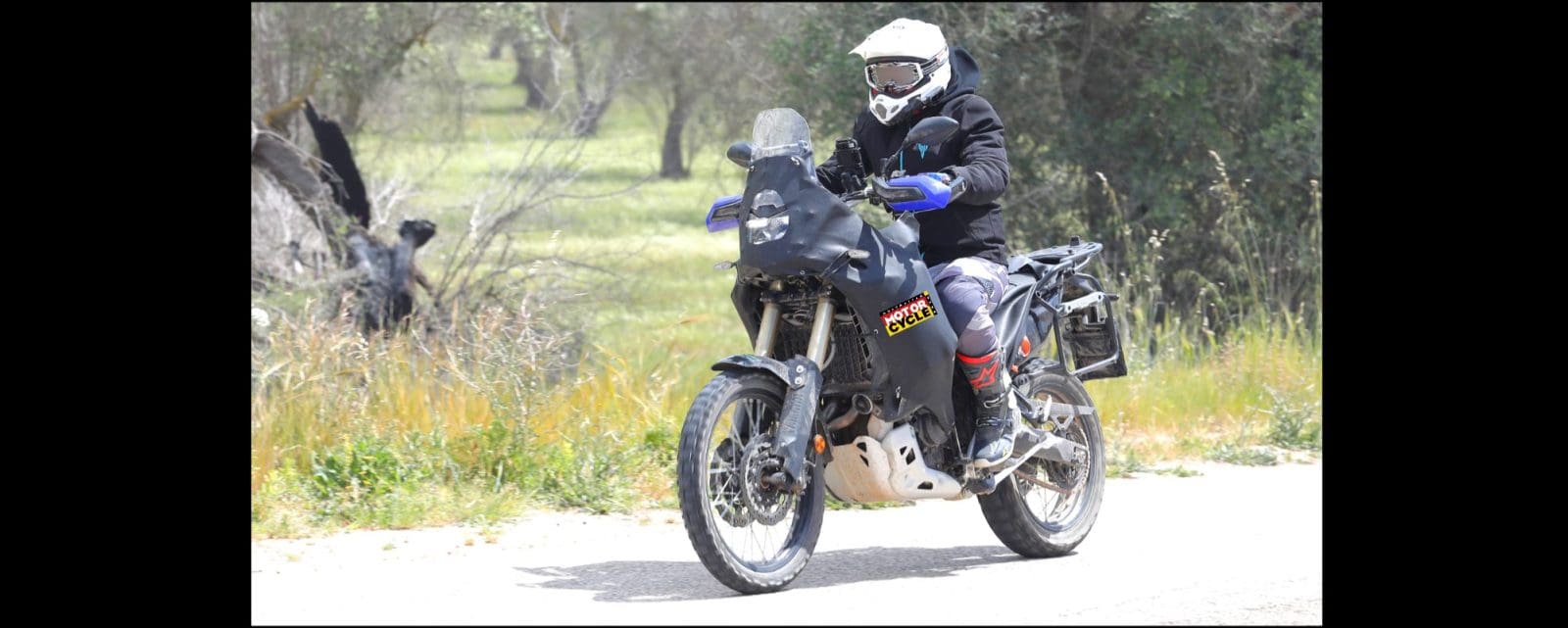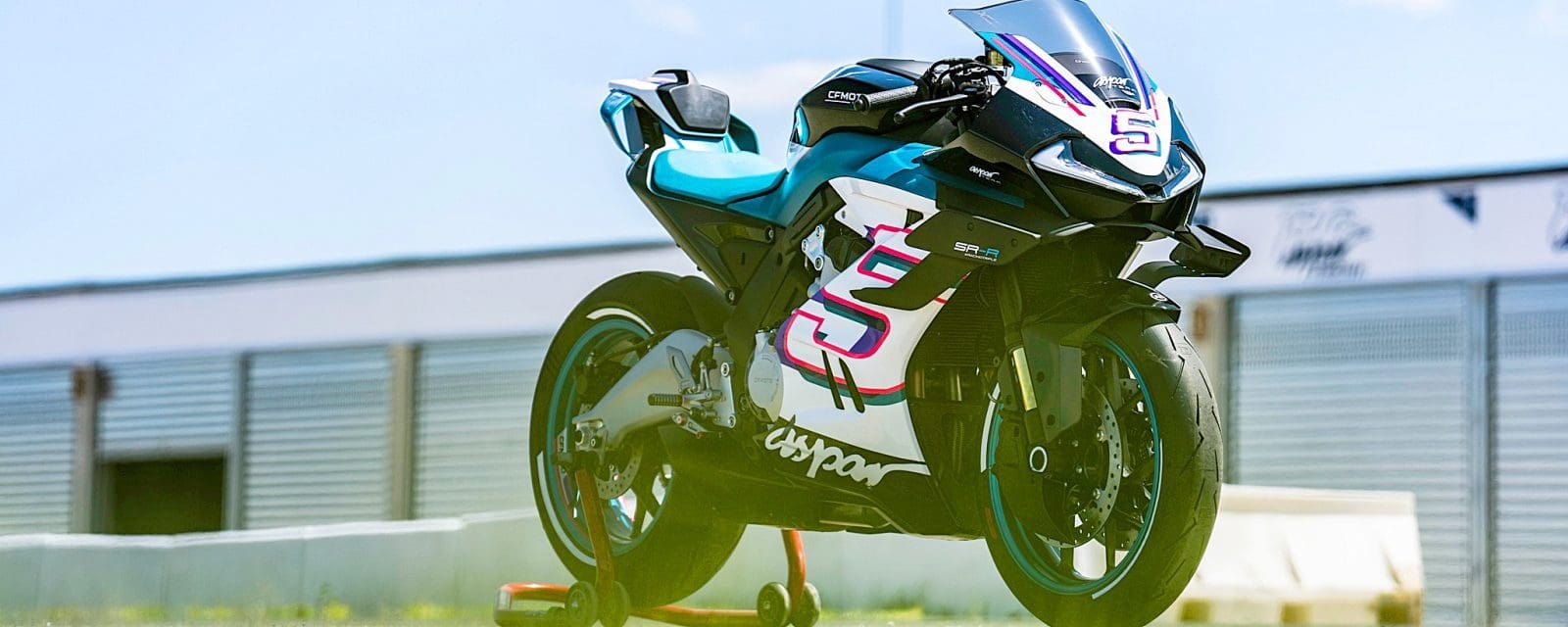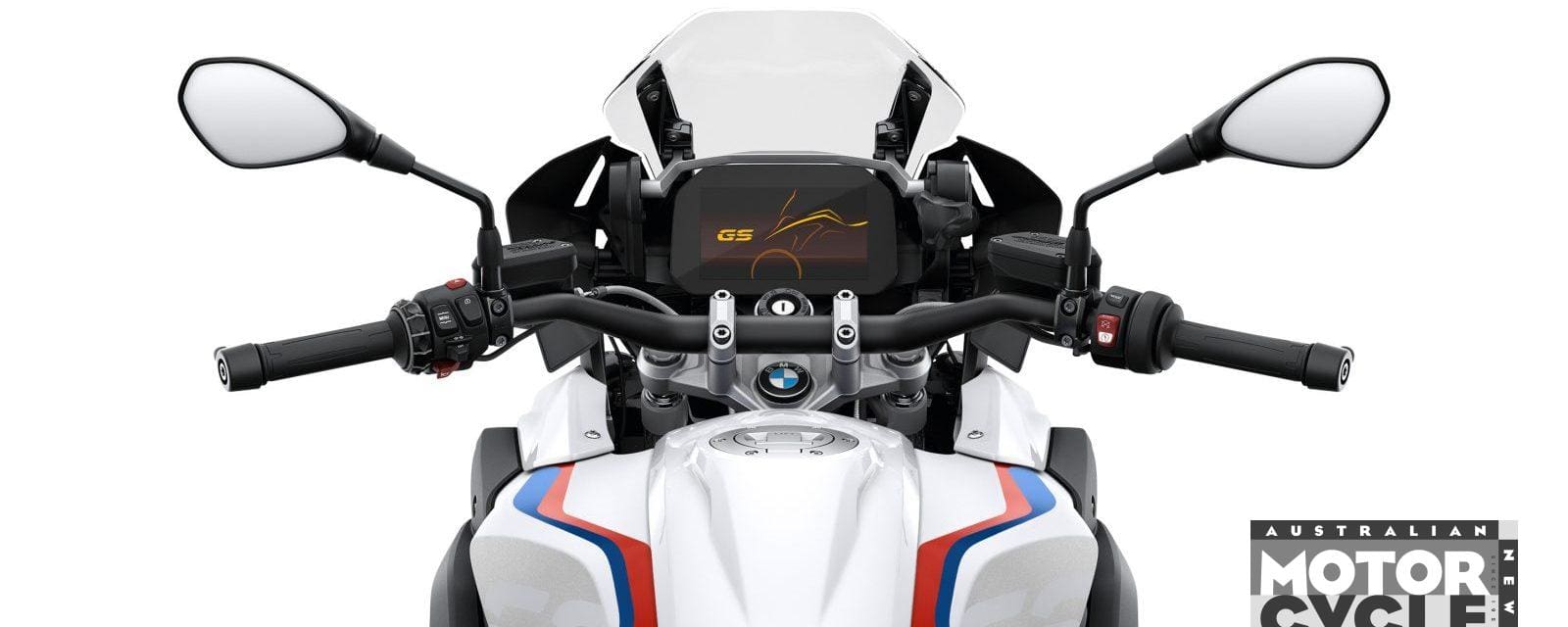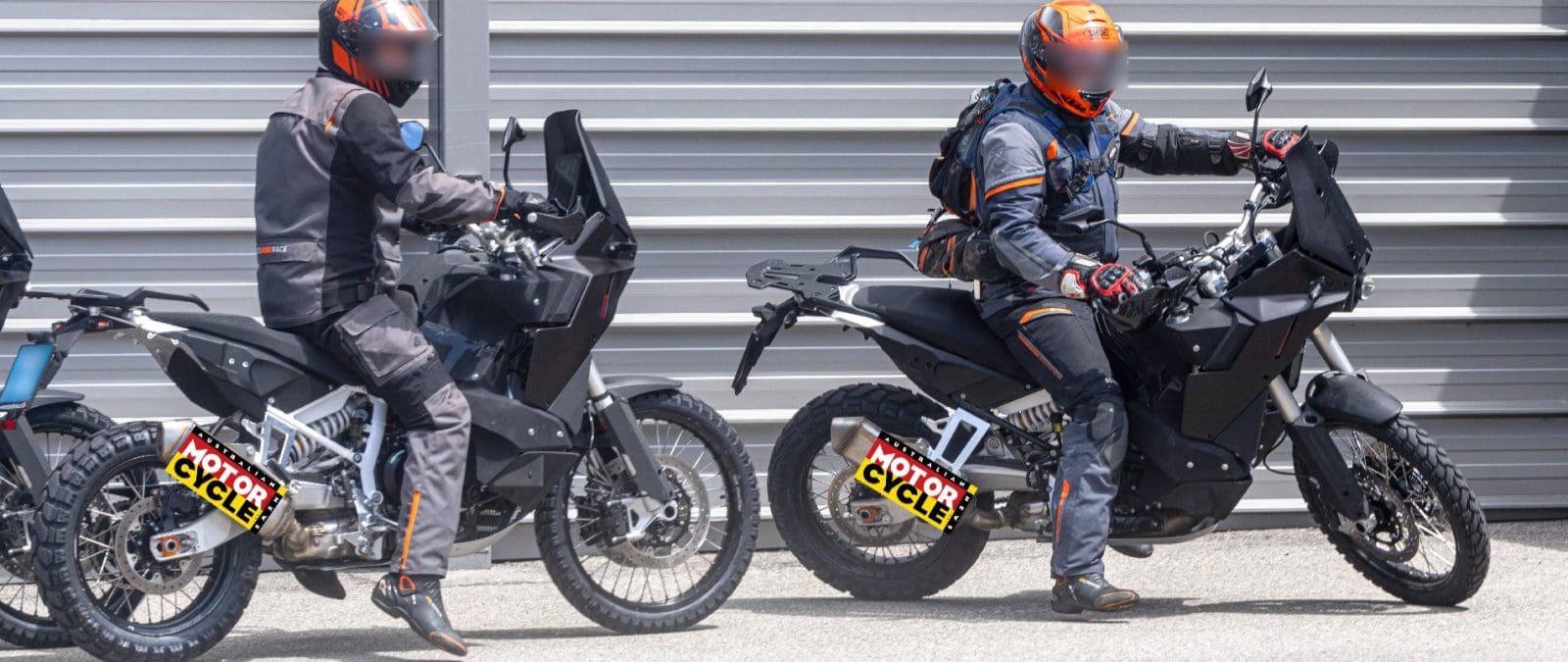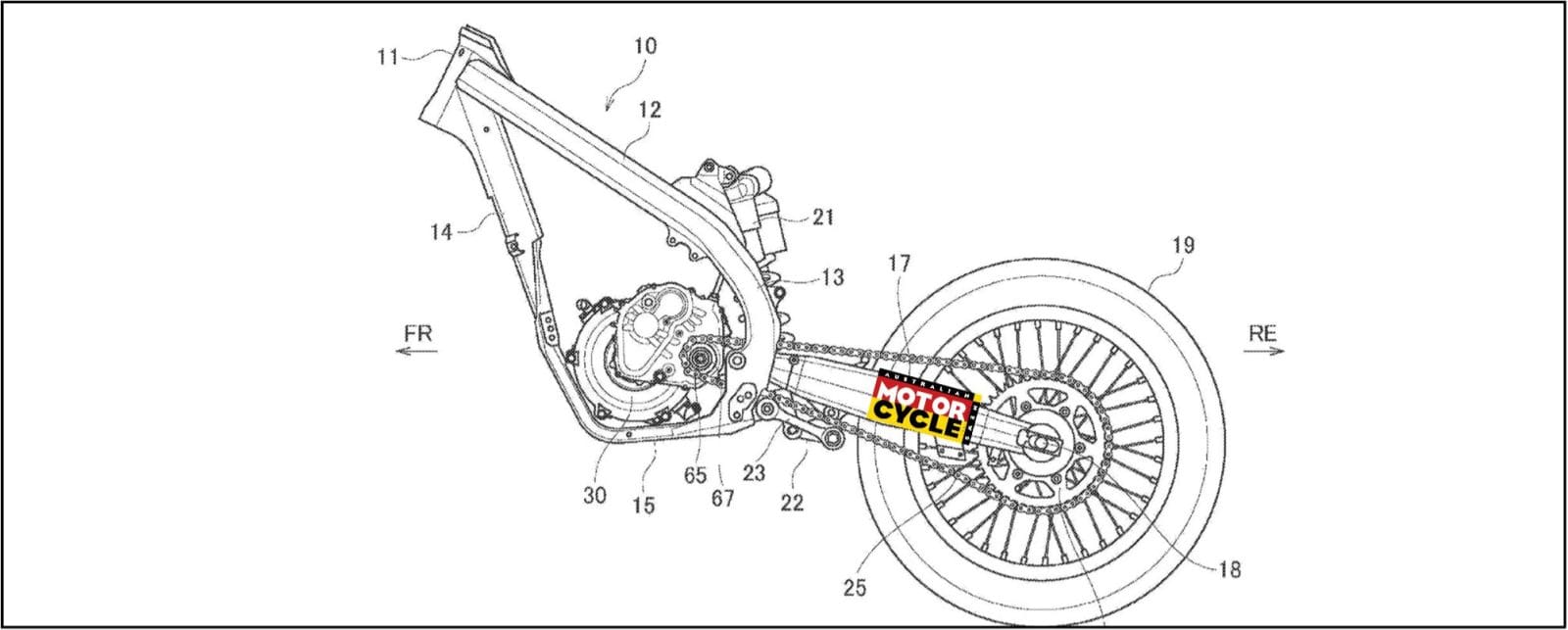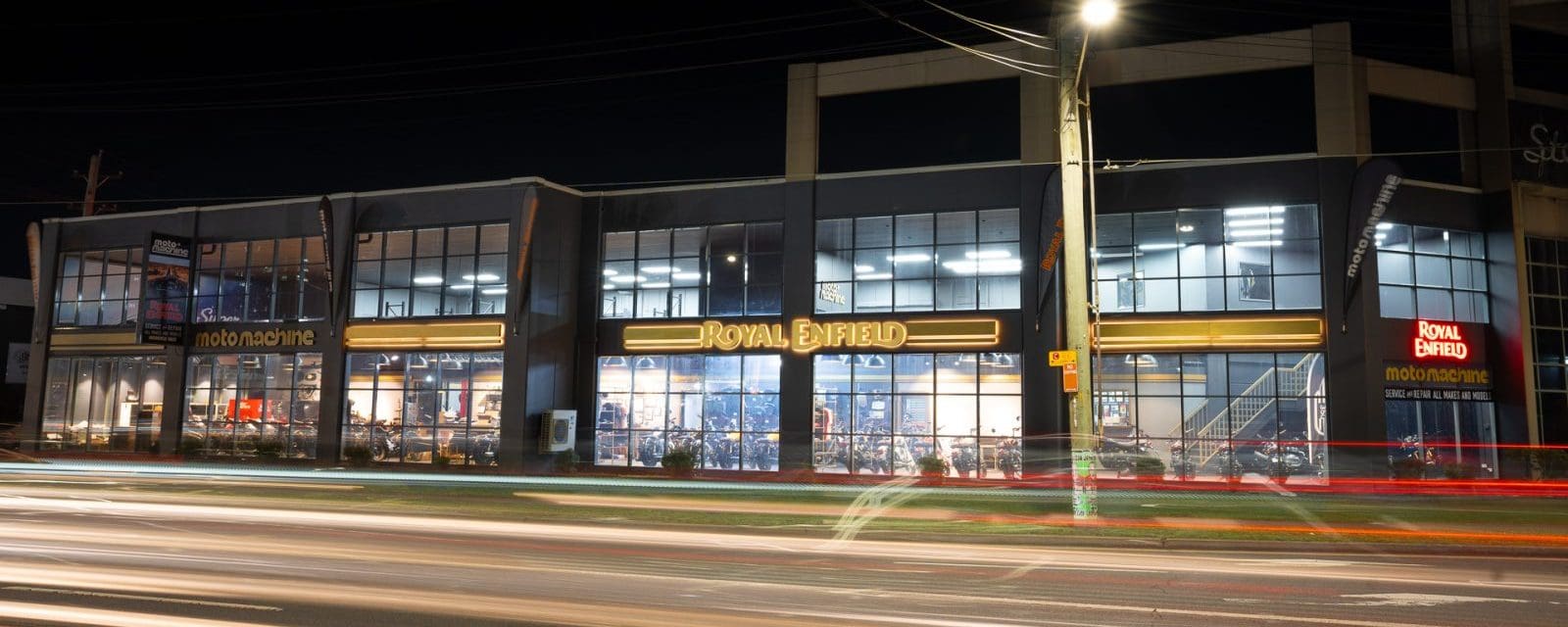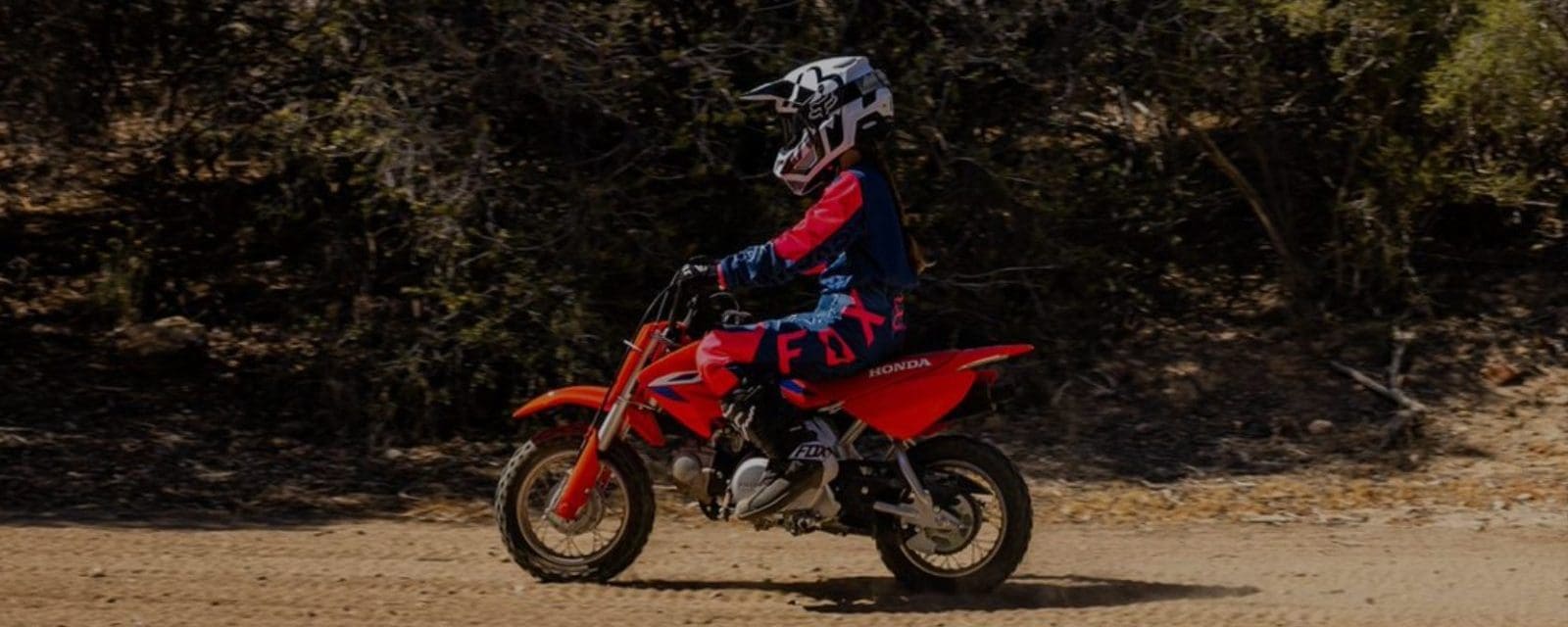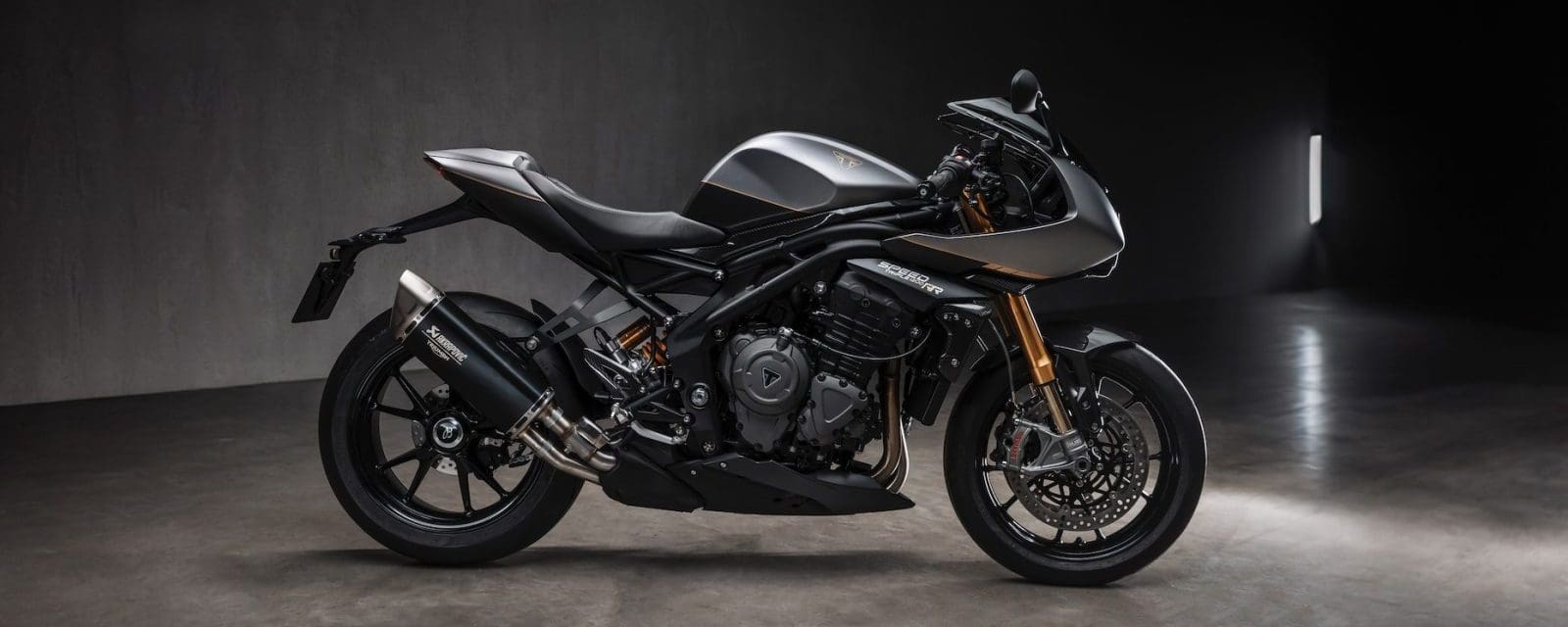Back in April we revealed that Yamaha was developing a semi-automatic transmission with a pushbutton shifter and computer controlled electro-mechanical clutch. Now it’s been officially announced and will be coming to a whole range of bikes in the near future.
While Yamaha has yet to specify which models will be offered with the semi-auto box, it says the system is particularly suited to its crossplane engines. Those include the CP4 four-cylinder in the MT-10 and R1, the CP3 triple from the MT-09, XSR900 and Tracer 9, and the CP2 twin from the MT-07, R7, XSR700, Tracer 7 and Tenere 700. Yamaha’s patents showed the semi-auto box on the MT-07 and R7, both expected to get other updates for the 2025 model year, while the images released with the official announcement show a set of bars that look similar to those from the MT-09 or MT-10. We know that Yamaha won’t be focussing only on one style of bike, too, as the company says the transmission will be applied to sports, touring and commuting models.
The announcement comes just weeks after BMW confirmed its Automated Shift Assistant system for the 2025 R1300GS and R1300GS Adventure, and KTM revealed a prototype for its 2025 1390 Super Adventure with its own take on a semi-auto gearbox. With Honda’s E-Clutch-equipped CB650R and CBR650R in showrooms now, and sales of Honda’s dual-clutch transmission (DCT) models starting to outstrip those of equivalent manual versions of bikes like the Africa Twin, it’s clear that automated transmissions are set to become a fierce battleground for manufacturers and the next area of significant technical advancement for bikes.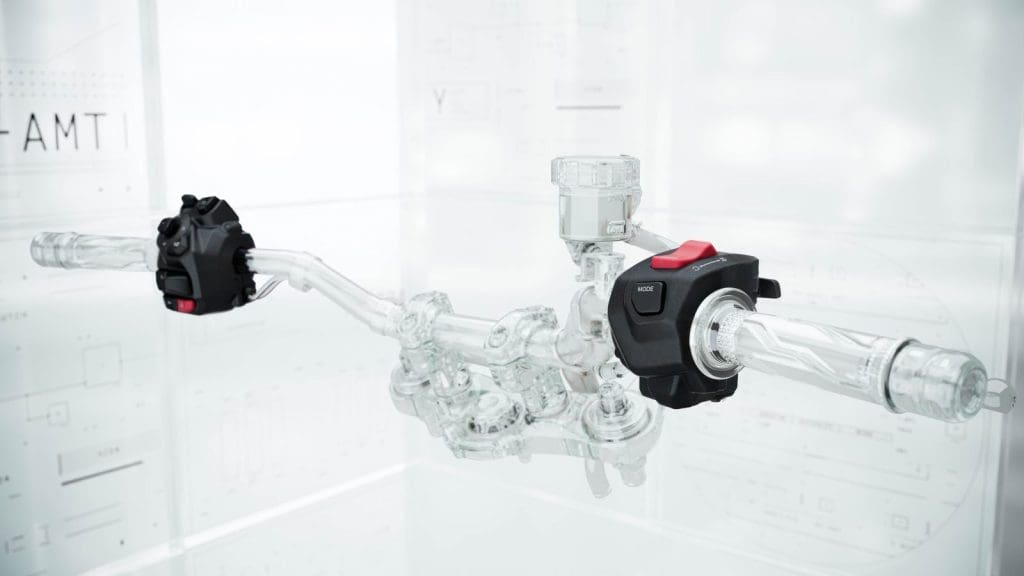
Yamaha has been here before, of course. Back in 2006 it launched the YCC-S (Yamaha Chip Controlled Shift) transmission for the FJR1300, with a computer-controlled hydraulic clutch and an electro-mechanical shifter operated by bar-mounted buttons. The company’s new semi-auto transmission, which goes by the initialism ‘Y-AMT’, replaces the hydraulics of YCC-S with another electro-mechanical actuator for the clutch, but otherwise operates on a similar basis.
With externally-mounted actuators for the clutch and shifter control, there’s no need to make big alterations to the gearbox internals. That’s a huge contrast to Honda’s DCT, which is a complex, expensive and heavy solution with dual clutches and a transmission that’s essentially split into two, allowing two gears to be selected simultaneously with shifts made by disengaging one clutch and engaging the other. Modern ride-by-wire throttle control, integrated with the gearshift control computer, means the new Y-AMT system should be able to make nearly seamless shifts without such complexity or cost.
Yamaha’s new transmission has three distinct modes – two for fully-automatic shifts and a third for manually-controlled gearchanges – controlled by two buttons on the right bar pod. The ‘AT’ setting for auto shifts can be set to ‘D’ (drive) for relaxed riding or ‘D+’ for sportier response, holding each gear longer under acceleration and downshifting earlier to keep the revs higher. For manual shifts you switch to ‘MT’ mode, bringing a set of controls on the left bar into play to swap gears. These are based around a ‘see-saw’ button setup that can be used in two ways. You can either use your left thumb for downshifts by pushing the ‘-’ button and left forefinger for upshifts via a trigger-style action on the ‘+’ button or use your forefinger for both up and downshifts – pulling the trigger to change up and pushing it away to shift down.
While Honda’s DCT adds a substantial cost to bikes fitted with the option and pushes up their weight by around 11kg, Yamaha’s Y-AMT should be much more affordable and only adds 2.8kg when it’s fitted.
WORDS: BEN PURVIS
